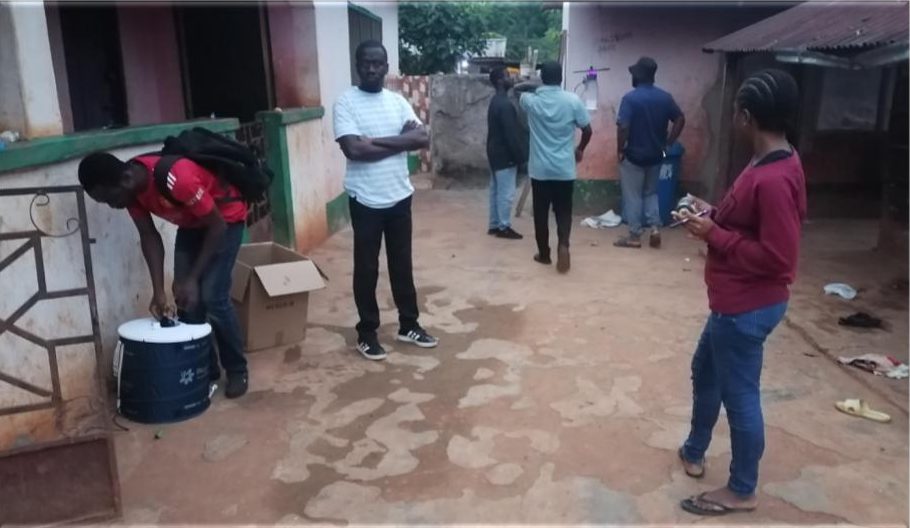Ghana - Team 1
Hub: Kwame Nkrumah University of Science and Technology, Ghana (Node: Mahidol University, Thailand)
Title: Responsible AI for developing a Robust public health surveillance system: Early Detection and Prediction of Vector-borne Viral Zoonotic Pathogens
Team Members
General Objectives
1. Develop bio-acoustic sensors to conduct vector monitoring at unprecedented scale and low cost, replacing the current practice of light traps and manual counting with automated solutions based on responsible AI and Edge Computing.
2. Identify novel viruses in vectors, and animal reservoirs with the potential to replicate in humans via NGS metagenomic sequencing. Thus, ensuring readiness for outbreaks.
3. Develop climate and environmentally-driven, dynamical host–vector models to predict the risk of viral outbreaks in current and future climates.
4. Monitor Health Inequalities to characterize current realities of infectious disease pandemics on women and children within vulnerable communities to recommend.
Specific Objectives
1. Predictive modeling predict of mosquito populations mortality, survival time, and vector characteristics.
2. Bioacoustic IoT sensors for vector surveillance.
3. Identification of circulating and novel pathogens with NGS.
4. Vulnerable health group monitoring.
5. Research uptake
AI4PEP Ghana Gallery
Context: Like many tropical countries, Ghana has a high burden of mosquito-borne illnesses. Changes in climate, including increased heat, humidity and heavy rainfall, have led to increased populations of mosquitoes, along with the viruses they carry. Malaria is the most widespread mosquito-borne illness in Ghana. Children under the age of 5 and pregnant women are particularly vulnerable to severe cases of malaria. These cases can lead to reproductive and newborn complications such as anemia, low birth weight, developmental delays and even death.
Implementation research: A multidisciplinary team at Kwame Nkrumah University of Science and Technology is exploring the following question: How can AI tools such as machine learning automatically classify mosquitoes into specific vector species, count their numbers, determine their physiological age, and classify them as potential vectors of novel pathogens?
Research in action: The team has developed and is validating a model to determine its ability to predict mosquito lifespan and behaviours across Ghana. Working closely with communities, the team is classifying mosquitoes based on wingbeat frequency to offer an alternative to traditional morphological and genetic identification methods, enabling early and accurate identification of mosquito species.
Results and next steps: The team developed a novel, non-invasive and cost-effective AI-driven approach for the early and precise classification of mosquito species. This involved creating an extensive dataset containing 25,344 audio recordings for three key mosquito genera: Aedes, Culex and Anopheles. Leveraging this dataset, a deep learning model was trained to translate wingbeat sounds into images, enabling accurate classification with a 92% success rate. This model is poised to enhance targeted interventions, particularly in regions like Africa, where mosquito-borne diseases are prevalent. Plans are underway across the AI4PEP network to leverage this work for other mosquito-borne diseases in Southeast Asia, South America and the Caribbean.
AI Approach: Discriminative AI
AI Model: 2D Convolutional Neural Network (CNN) – developed from scratch
Model Maturity: 9 months
Responsible AI: The project involves diverse stakeholders, including public health experts and community leaders, local health authorities and community members. Inclusive stakeholder consultations ensure that perspectives from all genders and demographics shape the design and implementation of the surveillance systems, allowing the model to create equitable, accessible solutions that reflect the needs of vulnerable groups and marginalized communities.



















